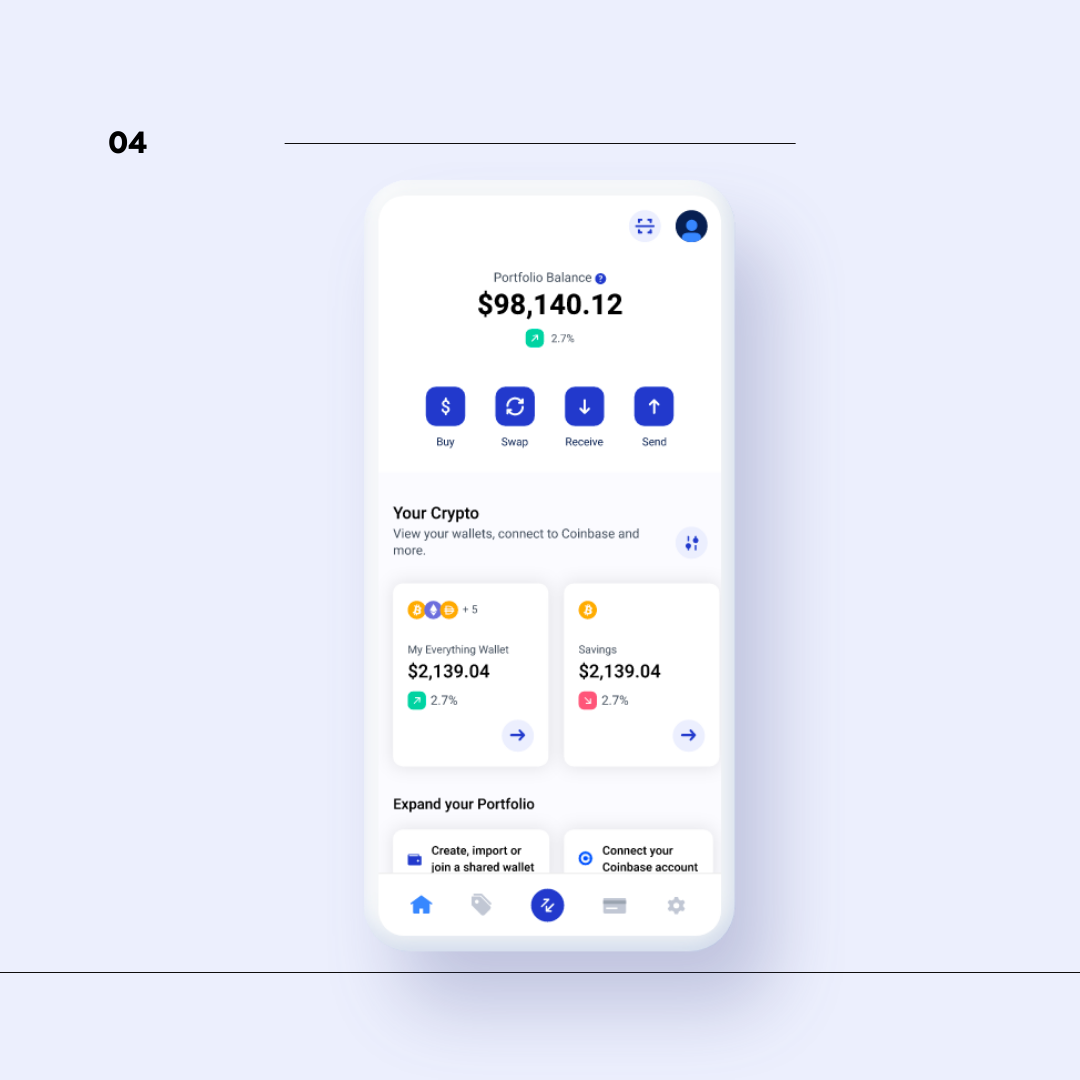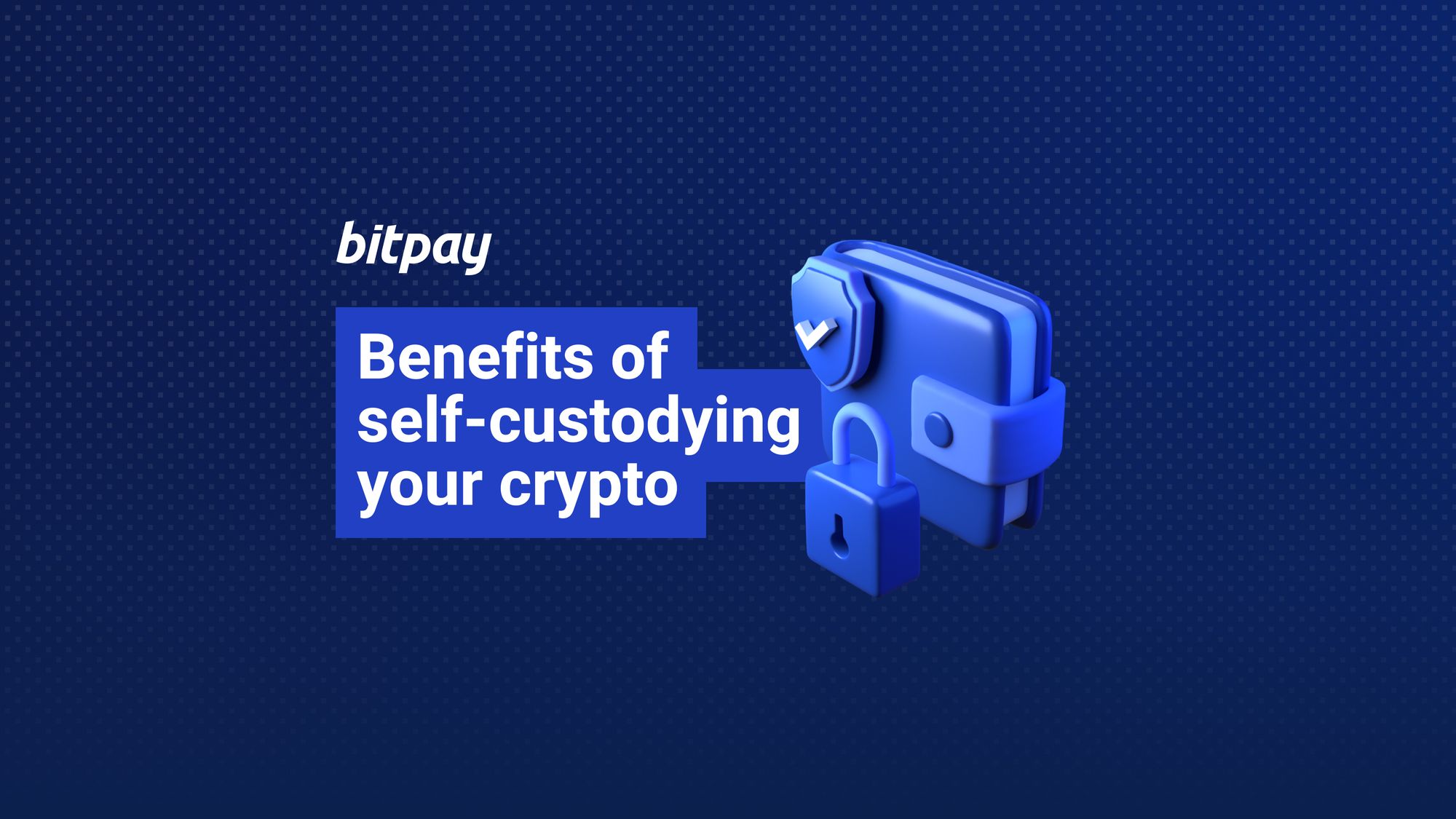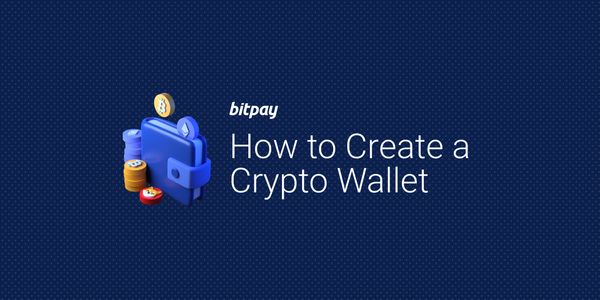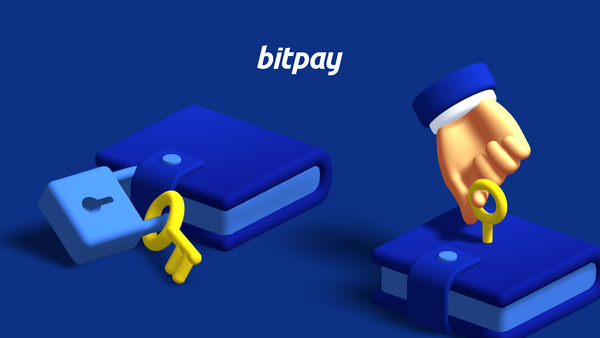- Self-custody means being the sole owner of your funds and maintaining control over your private keys
- Custodial services control your assets and make transactions on your behalf, a convenient option for some crypto users, notably the new and inexperienced
- Self-custodying your crypto offers benefits such as control of your private keys, eliminating counterparty risk, providing more secure storage options, more privacy, increased flexibility and higher payment success rates
- To start self-custodying your crypto, create a self-custody wallet with a provider like BitPay and initiate the transfer from your custodial account to your new self-custody wallet address
When it comes to managing your cryptocurrency, the choice between a self-custody wallet and custodial service is a crucial consideration. While custodial services provide convenience and low barriers to entry, self-custody offers complete control and ownership of your funds. In this article, we will explore the concept of self-custody, its benefits, and how you can switch to self-custody to take charge of your crypto assets.
Custodial services vs self-custody
In traditional finance, a custodian is an institution that holds funds on a person’s behalf in order to safeguard those funds. That same concept applies to custodial wallet providers in crypto. Instead of holding your funds in a vault, however, your crypto assets are held in a centralized wallet controlled by the provider. While you have access to your assets via your custodial account, all transactions are enabled by the custody service on your behalf.
Alternatively, with self-custody, you are the sole owner of your funds, with 100% control. With this control also comes the responsibility of safeguarding your assets. Custodial services provide convenience and low barriers to entry for crypto newcomers, a tradeoff that many are willing to take. But as crypto users become savvy and invested in crypto, many are choosing to abandon their custodial accounts for self-custody wallets.
The benefits of self-custody
While some may prefer the convenience of custodial crypto services, there are a slew of clear benefits that are in line with the core principles of cryptocurrency - decentralization, being your own bank and independence.
Control of your keys
“Your keys, your crypto” is the most common phrase among self-custody crypto users, and for good reason. When you use a self-custody service, you are never in control of the private keys to the wallet where your funds are kept. The importance of private keys is clear: whoever has access to your keys has access to your crypto. Therefore, without them, you are never actually in control of your crypto. Alternatively, when you use a self-custody solution, like the BitPay Wallet, you are the only one who has access to your private keys.
Remember, BitPay will never contact you for your seed phrase or private keys, and neither will any other legitimate crypto exchange or wallet provider. If someone asks you for your seed phrase, they are very likely scamming you. Stay up to date with crypto security best practices to ensure the safety of your assets.
No counterparty risk
With any centrally controlled asset comes counterparty risk. Cryptocurrency has always been volatile, but the Mt. Gox (2014) and FTX (2022) situations proved that risk can come in many different forms. Hacks, government shutdown and mishandling of funds are all possibilities when you allow a custodial service to manage your crypto.
Take control of your crypto
More secure storage options
In most cases, the only storage option provided by custodial services is a web wallet or mobile app. Traditional login credentials such as an email and password are the only things standing between your crypto and an unauthorized user. Alternatively, when you self-custody crypto you have multiple options on the different types of crypto wallets you can use: hot or cold, desktop or mobile, hardware or software, single or multisignature – you can even simplify it to the max and utilize a paper wallet.
More privacy
Most centralized exchanges and custodial services require you to verify your identity. With self-custody storage, you can use crypto without sharing your personal information. Remember, even though your self-custody wallets don’t always require you to verify your identity, a core tenet of blockchain is transparency. Anyone can follow the transaction history of any wallet address using a simple blockchain explorer.
Track and manage funds from any self-custody wallet
When you self-custody your crypto, you’re giving yourself more flexibility in how you manage and track your assets. Your funds don’t actually “live” in your wallet. Instead, the wallet is a tool used to access the funds on the blockchain. This means that you can freely control your crypto from any self-custody wallet application, giving you the freedom to try multiple wallets or test out new providers.
Once your crypto assets are in control of a custodial service, you’ll be forced to use its one-size fits all solution until you actually transfer your funds to a different address.
Higher payment success rates
Paying with crypto? Internal BitPay stats show that self-custody wallets tend to have a higher success rate when making crypto payments.
How to transfer crypto from custodial exchange to self-custody wallet
Want to start self-custodying your crypto? The process is free and easy. Kick things off by following these simple steps.
Step 1: Create a self-custody wallet
Download BitPay Wallet for free. It's available on mobile, tablet and desktop devices across Android, iOS, Mac, Windows and Linux operating systems. Once you have the app, create a key along with a wallet for each cryptocurrency you wish to store.

Step 2: Record your new wallet address (or addresses)
You’ll need to know your wallet’s address. In the BitPay Wallet app, you can find this by selecting “My Key” on the home screen, tapping into your wallet, tapping the three dots in the upper right corner, and finally selecting “Share Address”. From here you can write down your wallet address or copy it to your clipboard for the next steps.

Step 3: Initiate the transfer from your custodial account
In most cases, transferring assets from a custodial service like Coinbase to a self-custody wallet like BitPay is as simple as sending crypto from one address to another. With your new self-custody wallet addresses on hand, log into your custodial account. Select the Send option in your custodial account. Select the asset you’d like to transfer. Enter in your new self-custody address (the one we just created a few steps ago). Now enter the amount of cryptocurrency you’d like to transfer. Review the transaction details and confirm to send the payment.
These steps may vary depending on your custodial service. Review the steps for popular custodial services below.
- Transfer instructions for Coinbase custody wallets
- Transfer instructions for Kraken custody wallets
- Transfer instructions for Gemini custody wallets
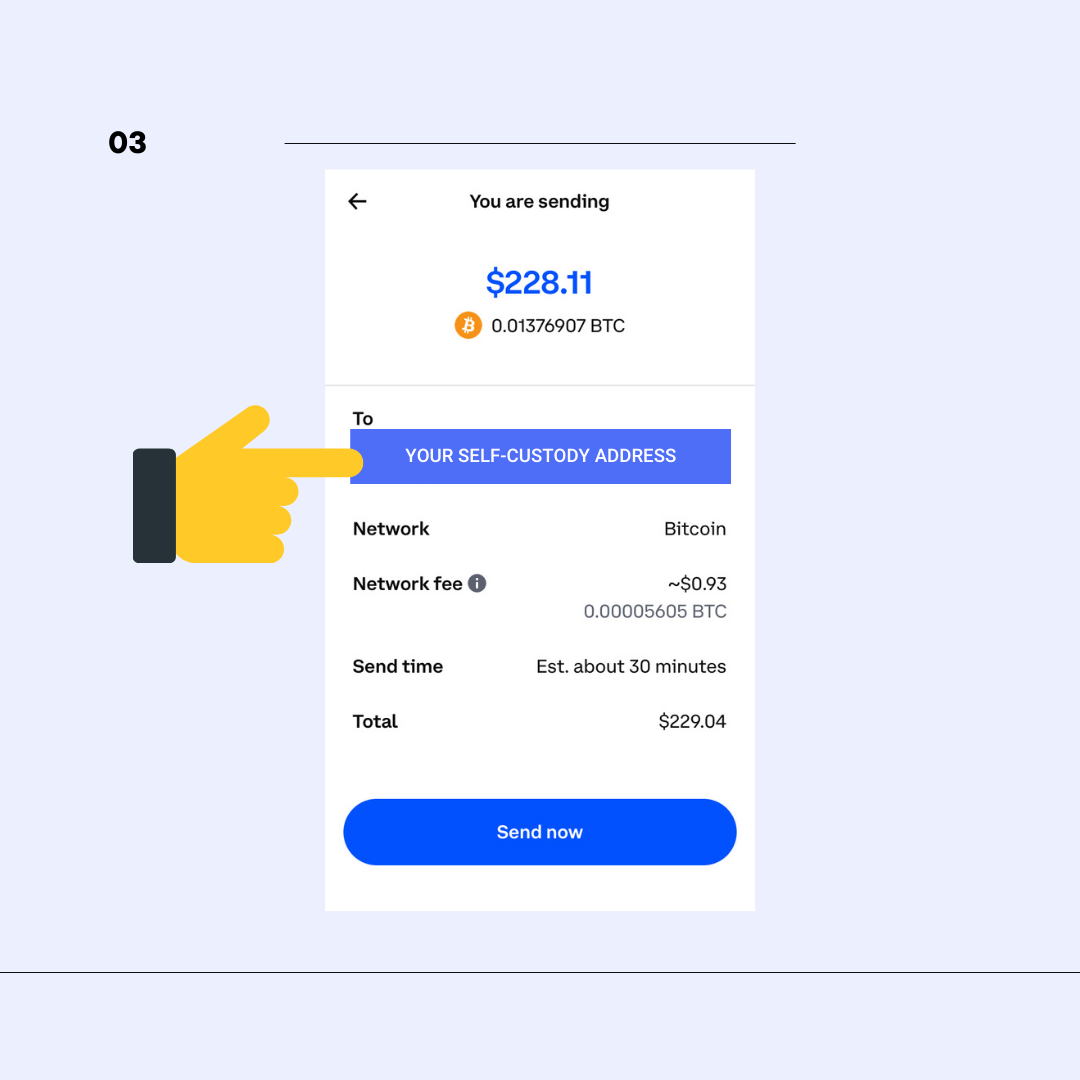
Step 4: Enjoy the new control of a self-custody wallet
Once the transaction is complete, you’ll see your transferred crypto in the “My Key” section of the BitPay app. While self-custody means that there is no third party in between you and your crypto, you should still exercise extreme caution to keep your crypto safe, especially with regards to your wallet’s recovery phrase. In order to protect your funds from being accessible to hackers and thieves, store your recovery phrase in a safe and secure place.
